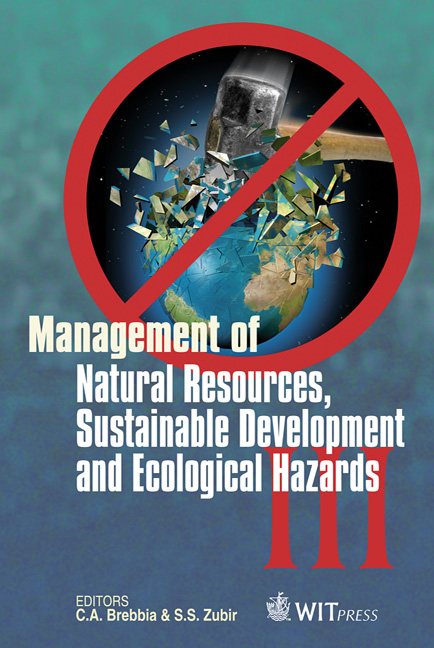The Effects Of Partial Replacement Of Cement In Cement Mortar And Brick By Microwave Incinerated Rice Husk Ash (MIRHA)
Price
Free (open access)
Transaction
Volume
148
Pages
8
Page Range
87 - 94
Published
2011
Size
512 kb
Paper DOI
10.2495/RAV110091
Copyright
WIT Press
Author(s)
S. Wan, K. Vallyutham, M. S. Liew & N. S. Potty
Abstract
The demand for high quality sustainable materials has increased and encouraged the researchers in building technology to find new alternatives. Rice husk generated from the rice production poses a major problem of disposal especially when open burning is no longer permitted due to the environmental issues. The use of pozzolanic materials is being investigated to reduce the carbon dioxide emitted per tonne of concrete produced and utilized. This study investigates the potential of using Microwave Incinerated Rice Husk Ash (MIRHA) in mortar mixes made of Ordinary Portland Cement (OPC). The MIRHA was obtained by burning rice husk at controlled temperature using microwave incinerator. In the experimental study on compressive strength of cement mortar the water-binder ratio was kept constant at 0.5. Control mortar without any replacement of cement and also mortar with 5%, 10%, 15%, 20% and 25% of OPC replaced by MIRHA were studied with different binder-sand ratio of 1:3, 1:4. 1:5 and 1:6. The compressive tests were conducted for the samples at 7 and 28 days. The result has revealed that, the MIRHA could be used in cement mortar due to its refined microstructures. In addition to that, the compressive test results were compared with three different standards: ASTM, MS and BS for bricks manufacturing. The results show the potential of using MIRHA in cement brick production. Amongst the cement replacement mixes, 20% MIRHA has shown highest compressive strength. Keywords: Microwave Incinerated Rice Husk Ash, mortar, brick, cement replacement material.
Keywords
Microwave Incinerated Rice Husk Ash, mortar, brick, cement replacement material





